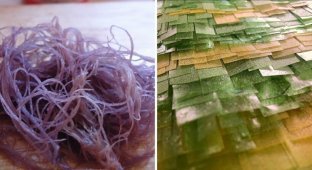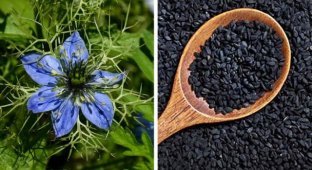Products familiar to us, which in their original form are not recognizable (17 photos)
In the supermarket we can buy any vegetables, fruits and spices. A cooking enthusiasts will be able to find them on the shelves even with their eyes closed. But few people thought about how all these products looked before how to get to our kitchen. This post will help close the gap in botanical and culinary knowledge.
feijoa 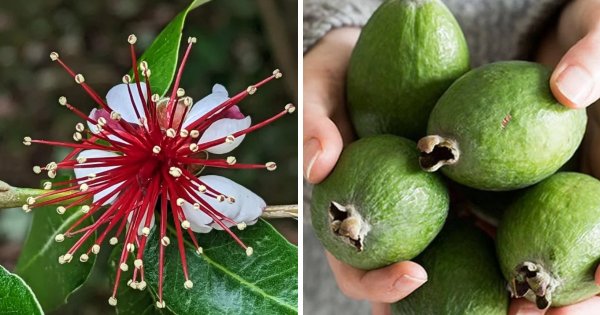
The fruit was found in 1815 in Brazil. Only 75 years later he came to Europe.
Pomegranate 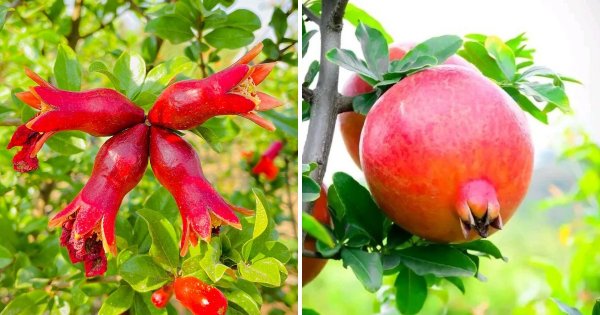
Pomegranate trees are usually hung with fruits all year round. Therefore, the harvest is carried out several times.
Garlic 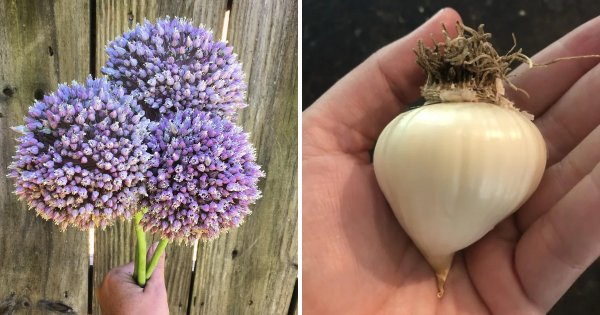
Curiously, not everyone likes to eat garlic. For example, in Japan it is used exclusively for medicinal purposes.
Turmeric 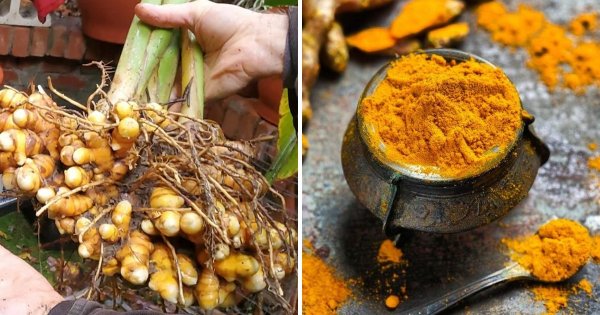
Previously, medieval Arab merchants specifically called turmeric Indian saffron. So they hoped to sell the spice more expensive, because saffron was much more valued. To get 1 kilogram of saffron you need it was necessary to process about 150-200 thousand flowers.
Mustard 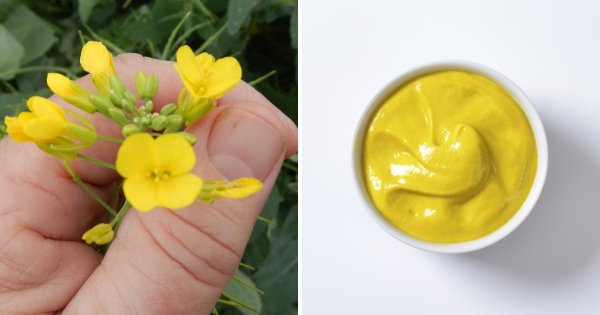
Canada and Nepal are the world leaders in mustard production.
passion fruit 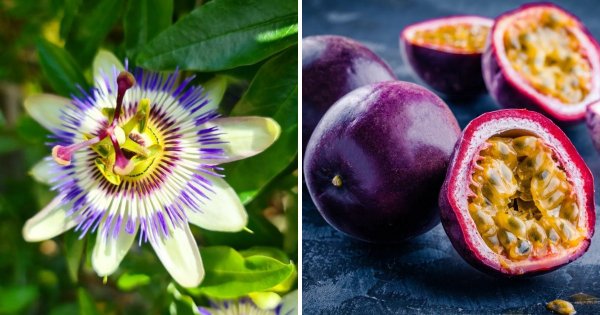
Indigenous peoples of South America and Africa use passion fruit juice as a natural remedy for fever.
Asparagus 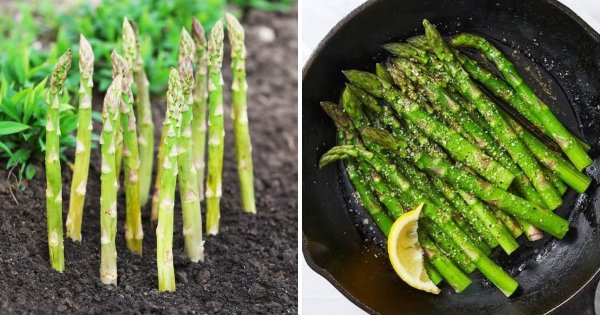
Asparagus was first cultivated in Greece some 2,500 years ago.
Millet 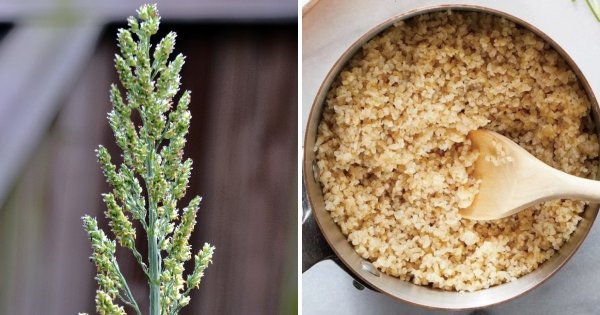
Millet is millet, not wheat. The first evidence of cultivation and millet cultivation dates back to about the 3rd century BC. This happened on the territory of modern Mongolia and China.
Quinoa 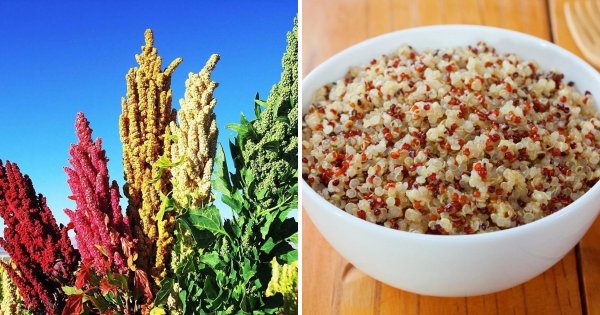
Quinoa is a popular grain crop that contains a record amount of protein. Has a nutty flavor.
macadamia nut 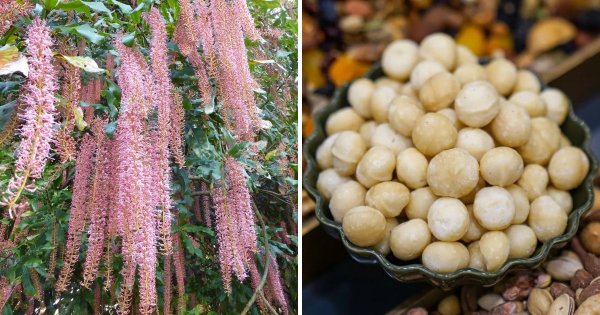
Walnut is incredibly useful for humans, but it is extremely dangerous for animals.
chickpeas 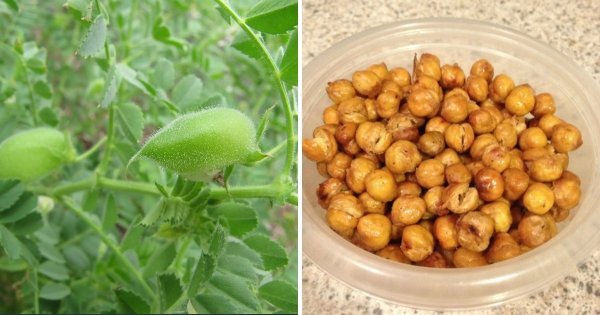
Previously, chickpeas were one of the most important food crops in Ancient Greece and Rome.
seaweed nori 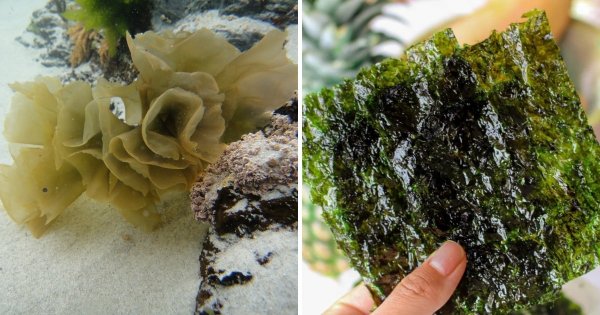
Dried nori can be stored for up to two years without losing its beneficial qualities.
Pecan 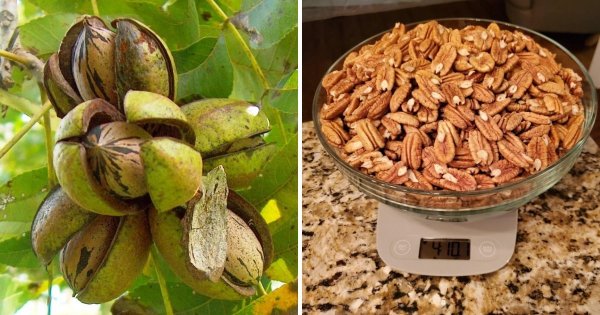
An amazing nut that tastes like chocolate with hints of vanilla. That is why it is especially appreciated in cooking.
Black cumin 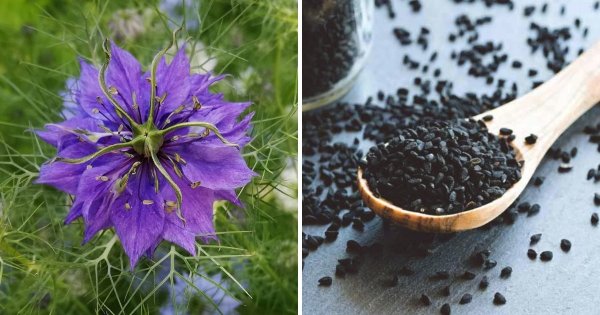
In ancient Egypt, cumin was used not only as a spice, but also as one of the components in the mummification process.
Ginger 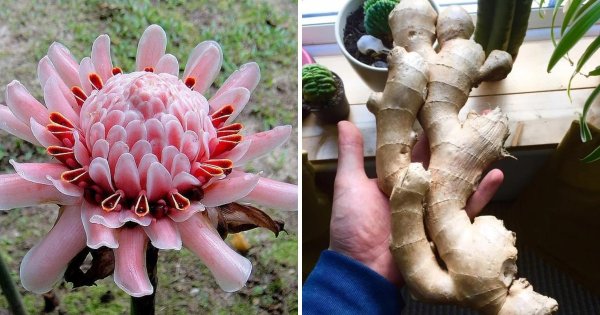
Ginger originates from India. However, the plant is nowhere found in the wild. This fact convinced scientists that ginger cultivated since ancient times.
agar agar 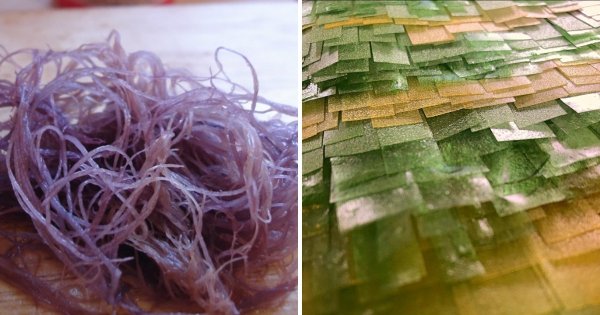
Agar-agar is vegetable gelatin. It is used in as an alternative to a product that is made from waste meat production.
Anise 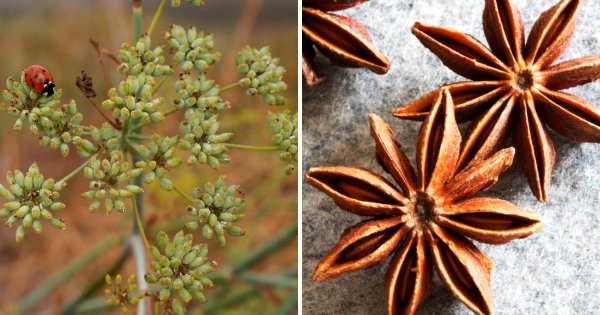
Anise can claim to be one of the most ancient spices. Archaeologists found its seeds during excavations of stone settlements. century.












